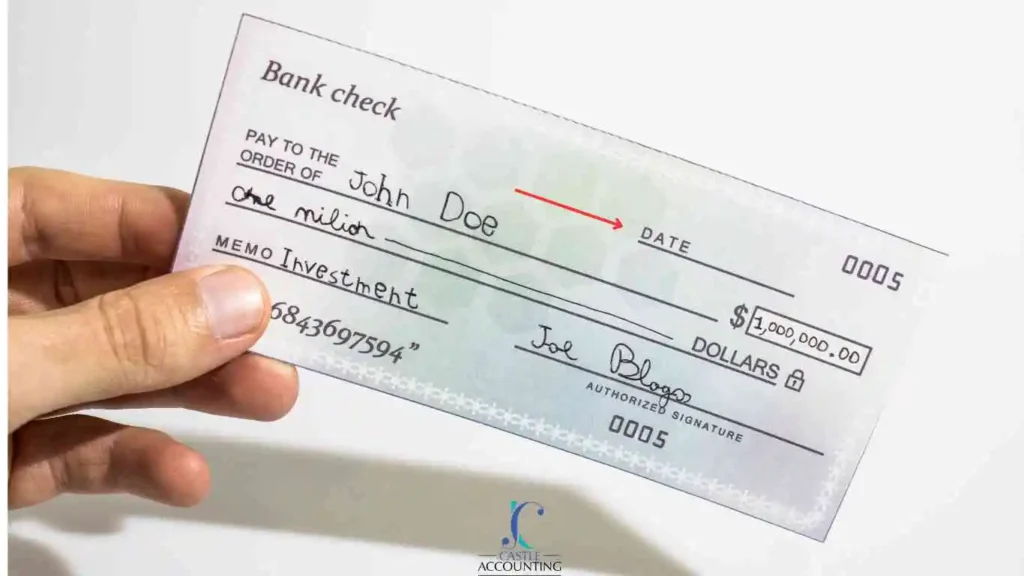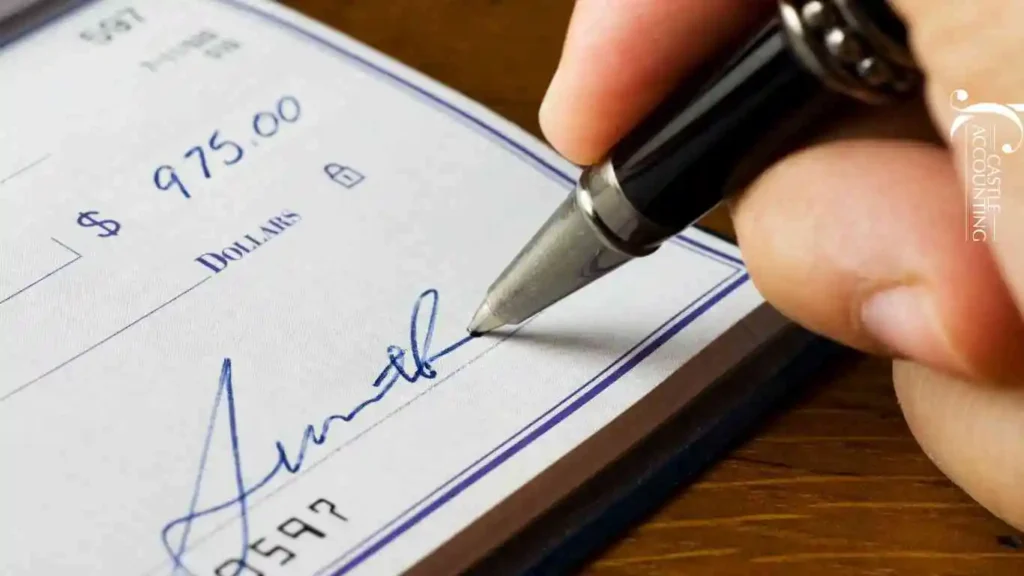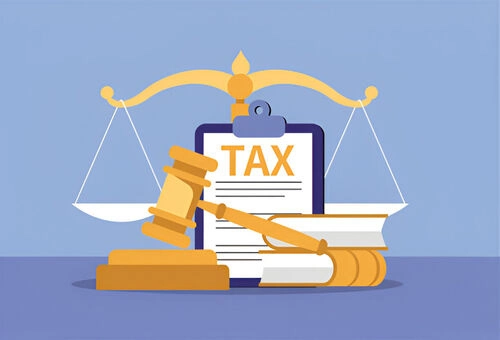How to Write a Check for Business Transactions
Filling out a check for business transactions is still an important skill. Even with electronic payments on the rise, checks continue to play an essential role in commercial payments.
Writing a check correctly ensures your payments are accurate, reduces errors, and helps you keep detailed records. Check out this guide for step-by-step instructions on how to write a check and the common mistakes to avoid.
How to write a check step by step

1. The Date
The date line is at the top right of the check. Write the current date clearly to avoid confusion. Accurate dates are essential for tracking payments and ensuring checks don’t expire.
2. Pay to the Order of
This section is where you write the name of the recipient, also known as the payee. A check example would detail “John Doe” if they are the designated payee.
3. Amount in Numbers
The amount in numbers prevents discrepancies and reduces the chance of fraud. Typically, the amount is written to the right of “Pay to the Order of” in a designated box.
For instance, $1,000,000.00 should be written as “1,000,000.00.” This ensures the amount is clear and reduces the risk of fraud.
How to write a check with thousands and cents:
- $1,234.56 → Write “1,234.56”
- $5,000.00 → Write “5,000.00”
How to write a check with cents:
- $25.75 → Write “25.75”
- $100.50 → Write “100.50”
4. Amount in Words
On the line below the payee’s name. Writing the amount in words eliminates ambiguity, ensuring the amount is clear even if the numbers are wrong. An example would be “One Million dollars.”,or: $1,234.56 → “One thousand two hundred thirty-four and 56/100”
5. The Memo ( optional)
Although optional, the memo section contains the purpose of the payment. This helps in both personal and business record-keeping. When filling out a check, noting “investment” or “Invoice 12345” provides context for the payment.
6. Sign Your Check

The signature line at the bottom right is where you authorize the payment. Sign your name carefully to validate the check. Without a signature, the check is invalid.
Common Mistakes to Avoid When Filling Out a Check
When writing a check, avoiding check-filling errors is crucial for ensuring payment is processed smoothly. Let’s check them out:
1. Wrong Dates
Ensure the date written on the check reflects the current day. An incorrect date can lead to complications with cashing or depositing the check. Remember, checks need to be cashed by the payee within six months, after which they become expired and won’t be honored.
2. Misspelling Payee’s Name
Spelling out the payee’s name ensures the intended recipient can properly cash or deposit the check. Misspellings or omissions can lead to payment delays and disputes.
3. Mismatch in Amounts
The amount written in numbers must match the amount written in words. Discrepancies here can cause banks to reject the check, leading to check errors and compromising payment timelines.
4. Missing Signature
A missing signature renders the check invalid. Always double-check that you have signed the check, as financial institutions report a 12% decrease in check processing errors when individuals opt for consistent signature practices.
To learn how to protect yourself, check out these tips on how to spot and avoid fake check scams from the FTC.
5. Incorrect Check Details
Making mistakes on a check, like the wrong date, amount, or payee name, can cause delays and make tracking payments harder. Even though the memo line isn’t required, many small businesses use it to note what the payment is for, like an invoice number. To keep your records clear, always fill out the check carefully and double-check the details before sending it.
Recording and Tracking Business Expenses with Checks
Managing business expenses with checks keeps your finances in order. Clear records and regular reconciliations ensure accurate financial statements and prevent errors.
Record your transactions.
- When you pay by check, note the check number in the top right corner. This helps you keep track of your checks, ensuring none are missing and reminding you when it’s time to reorder.
- Make sure to write down the date for your records. In the “Transaction” or “Description” column, briefly explain the purpose of the payment. Then, enter the amount in the withdrawal or deposit column, depending on whether the money was spent or received.
- Finally, adjust your account balance by subtracting the amount for checks, withdrawals, payments, and bank fees, or adding deposits from your previous total.
If you ever need guidance or support with your financial management, help is available to ensure everything is in order.
Reconcile Bank Statements Monthly
Match your check register with your monthly bank statements. This ensures all transactions are accurate. If you spot errors or unauthorized charges, address them immediately. Monthly reconciliation keeps your books clear and trustworthy.
Learn more about important tax deadlines to stay organized.
How to Write a Check: Pro Tips
- Use a pen, never pencil
- Don’t leave blank spaces
- Keep your checkbook balanced
- Store checks safely
- Order new checks before running out
Tracking Your Checks
Write down each check in your check register:
- Check number
- Date
- Who you paid
- Amount
- What it was for
Writing Checks for Business Use
1. Can I write a business check to myself?
Yes, you can write a business check to yourself, especially if you’re transferring funds from your business account to your personal account. Just be sure to document the reason clearly for accounting and tax purposes.
2. Are handwritten checks still accepted by banks and vendors?
Most banks and vendors still accept handwritten checks as long as they are filled out correctly and clearly. However, always verify with your vendor or service provider if they prefer electronic payments.
3. What should I do if I make a mistake while writing a check?
If you make a mistake, it’s best to void the check. Write “VOID” across it and keep it for your records. Do not try to correct it by crossing out or rewriting—this can lead to confusion or rejection by the bank.



